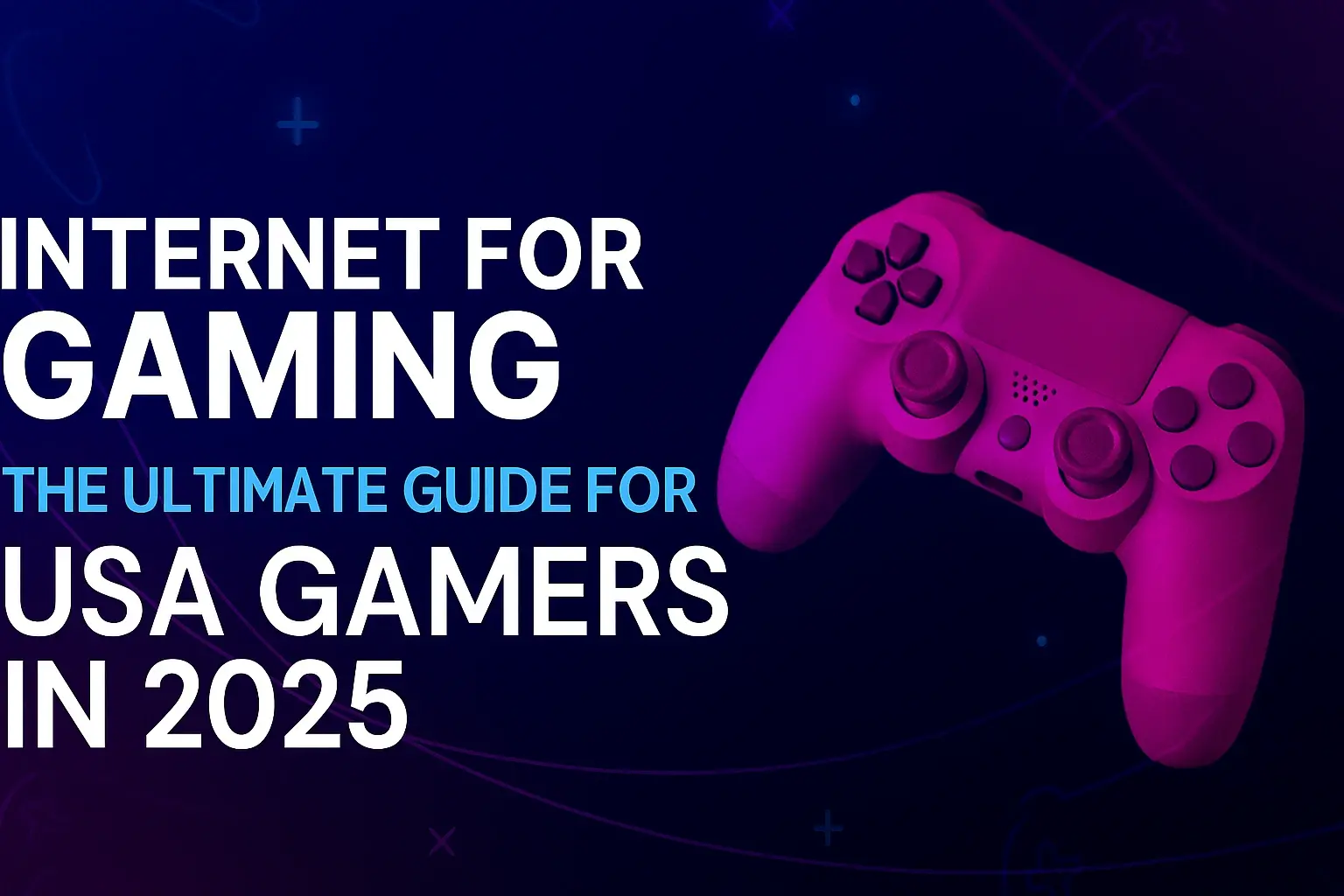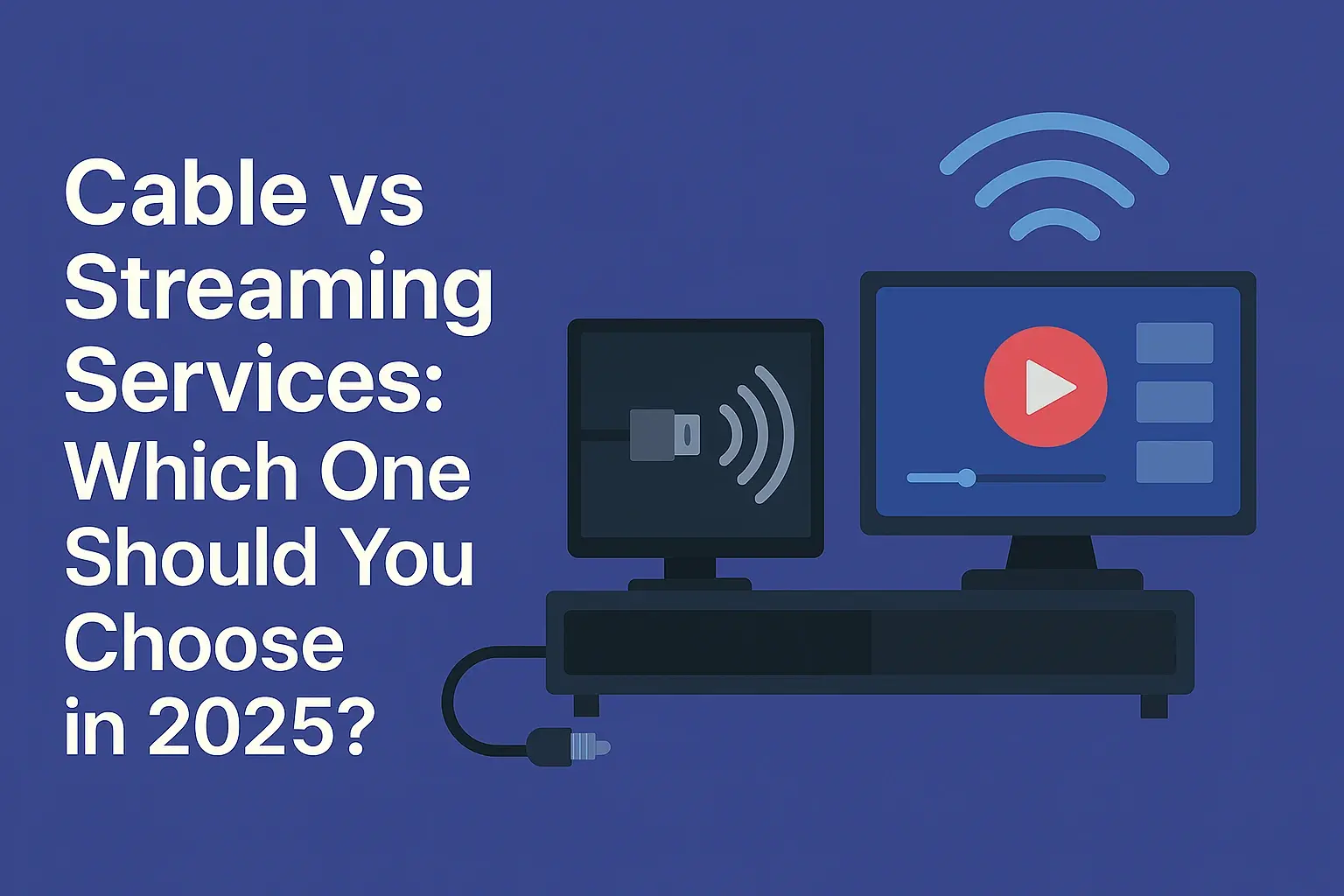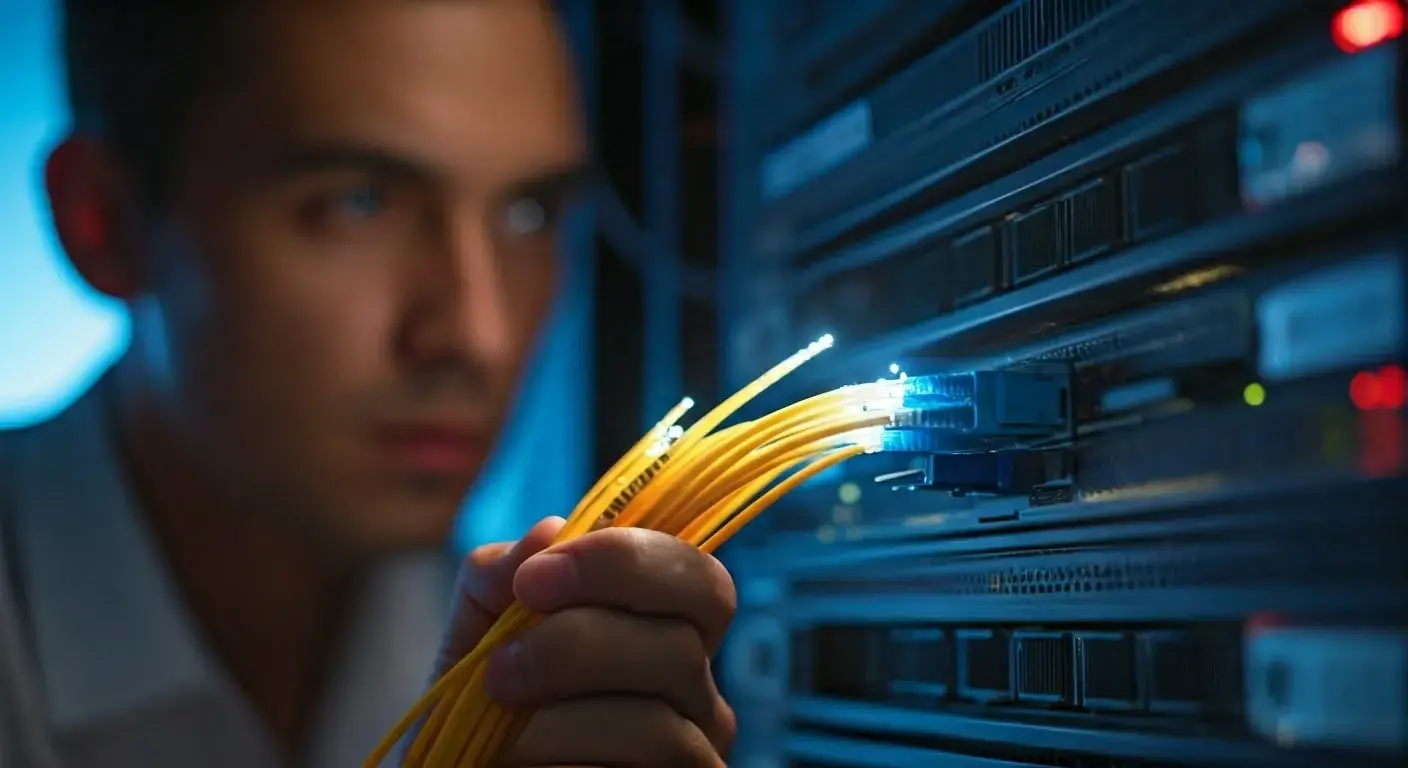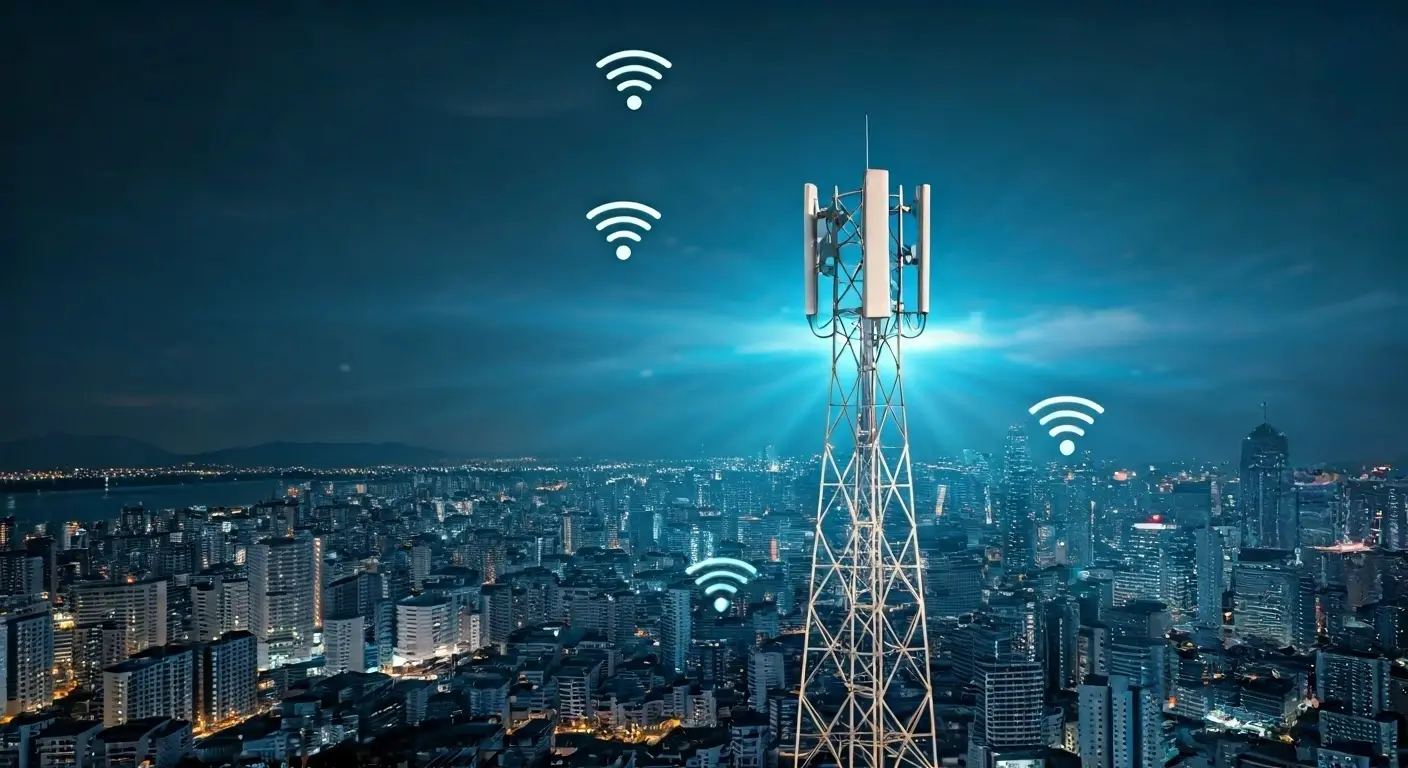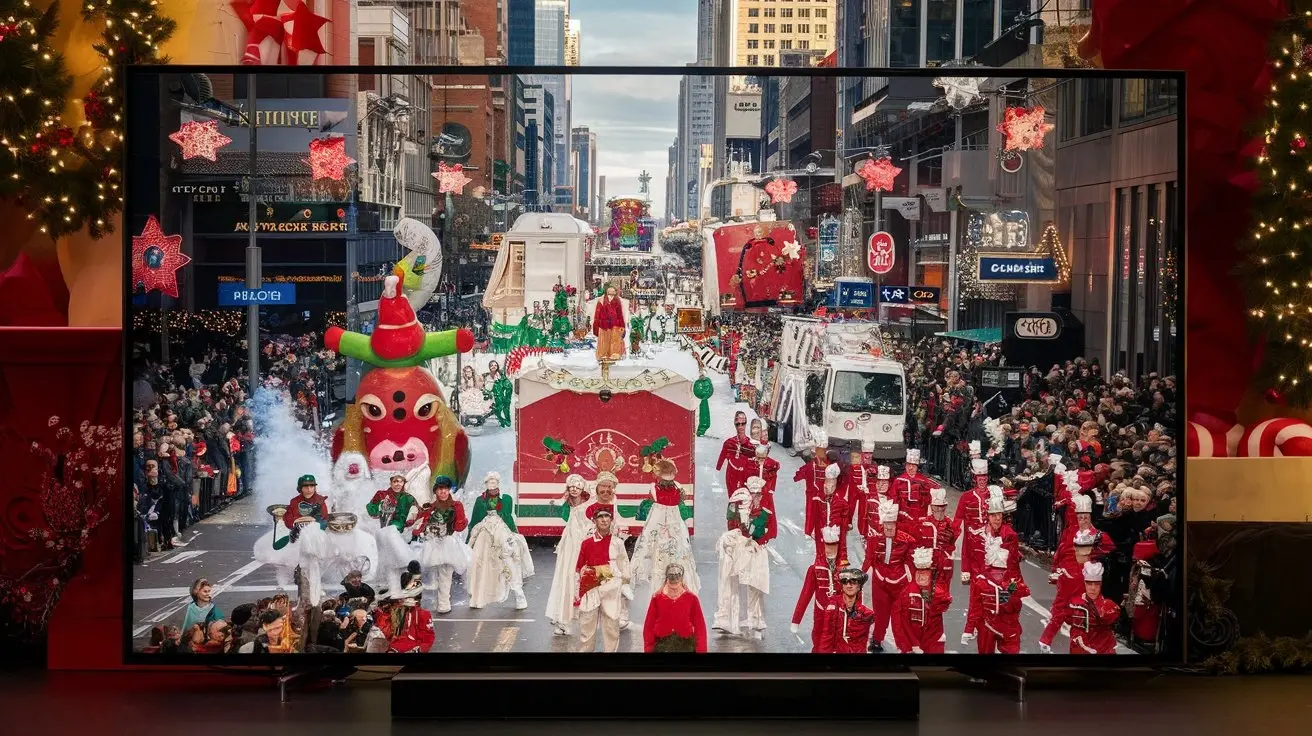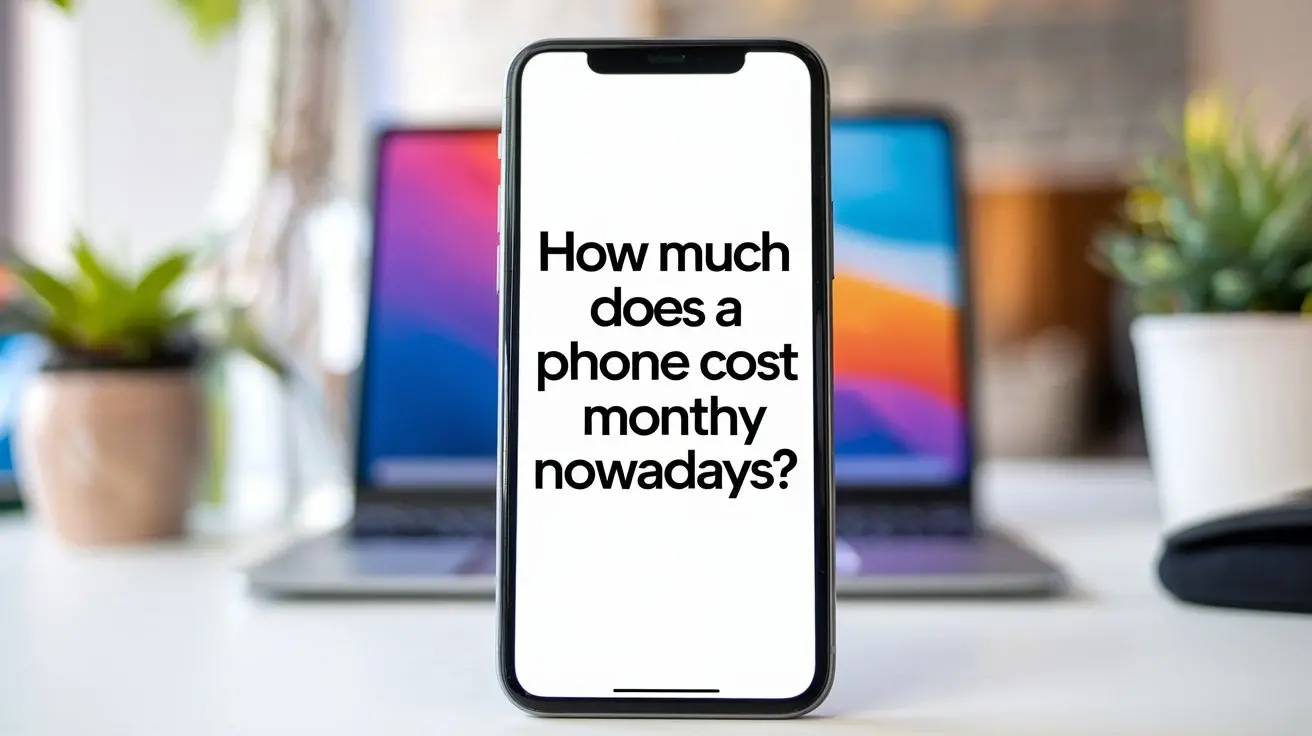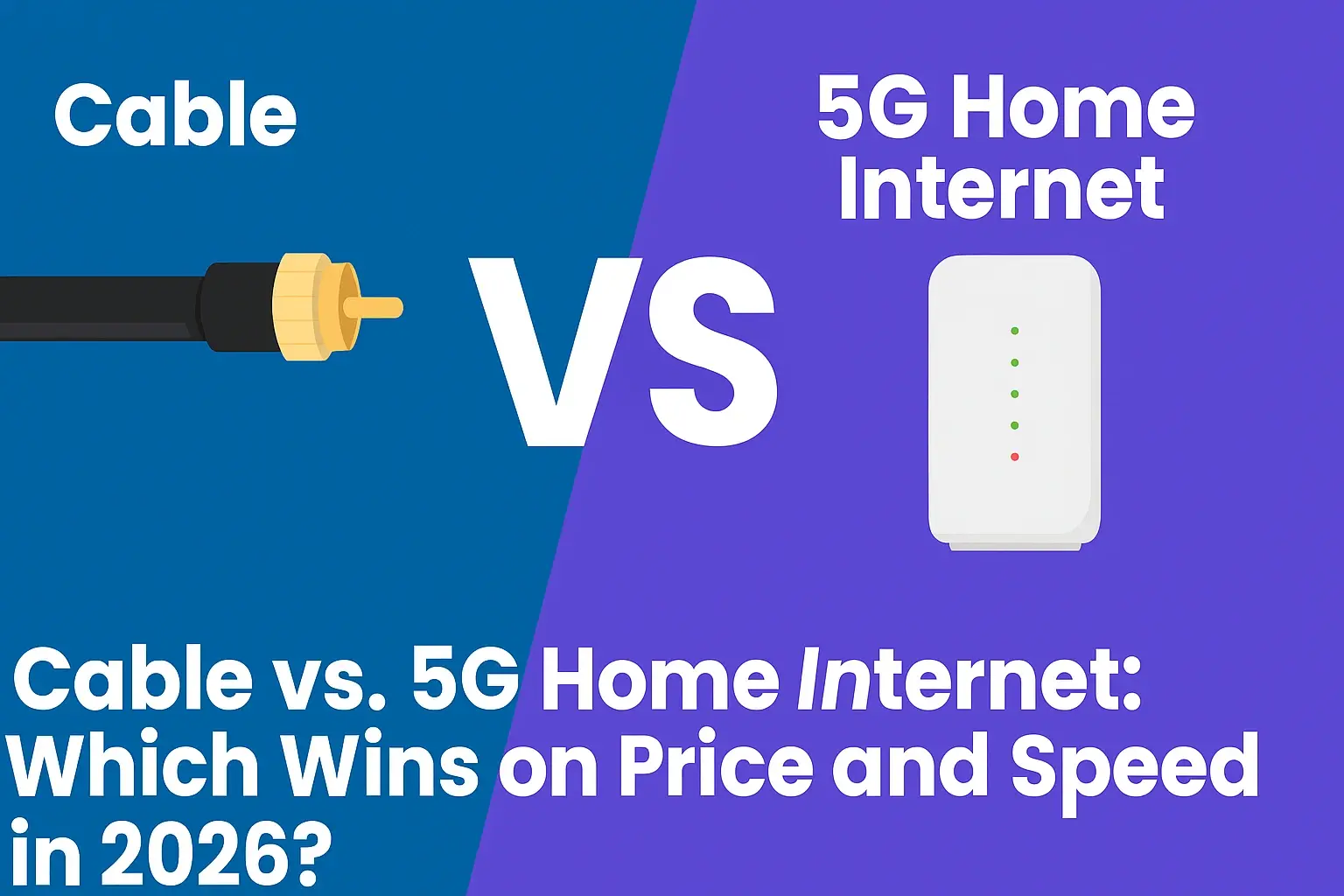
The battle between Cable Internet and 5G Home Internet has intensified in 2026. As more providers roll out next-gen networks and upgrade infrastructure, consumers now face a big question — which one gives better value for money? Both technologies have evolved rapidly, but their performance, reliability, and pricing models have taken different paths.
In this post, we’ll break down how Cable Internet and 5G Home Internet stack up against each other in speed, reliability, coverage, and price — so you can decide which one wins for your home in 2026.
A Quick Look at How Cable and 5G Internet Work
Cable Internet
Cable Internet uses coaxial cables, the same lines that deliver cable TV. It’s powered by technologies like DOCSIS 3.1 and DOCSIS 4.0, offering blazing-fast speeds — up to 10 Gbps in some upgraded areas by 2026. Since it relies on wired infrastructure, it’s typically more stable and less affected by environmental factors.
Pros:
-
Stable and consistent speeds
-
Widely available across the U.S.
-
Higher data caps or unlimited data
Cons:
-
Shared bandwidth during peak hours
-
Installation and equipment fees can be higher
5G Home Internet
5G Home Internet uses cellular networks instead of cables. It connects to 5G towers, providing wireless internet directly to your router. Thanks to mmWave and C-band expansions, 5G can now deliver multi-gigabit speeds in select cities by 2026.
Pros:
-
Easy setup — no cables or technician needed
-
Portable within coverage zones
-
Competitive introductory pricing
Cons:
-
Signal quality varies by location
-
Performance may drop with congestion or obstacles
-
Limited availability in rural areas
Speed Comparison: Cable Still Has the Edge (for Now)
In 2026, both technologies have made major strides in speed. However, Cable Internet still leads in consistency and top-tier performance.
| Category | Cable Internet (2026) | 5G Home Internet (2026) |
|---|---|---|
| Download Speed Range | 500 Mbps – 10 Gbps | 100 Mbps – 2 Gbps |
| Upload Speed Range | 50 Mbps – 1 Gbps | 10 Mbps – 350 Mbps |
| Latency (Ping) | 5 – 25 ms | 20 – 50 ms |
| Reliability | Very High | Moderate to High |
Cable providers like Xfinity, Spectrum, and Cox have upgraded to DOCSIS 4.0, pushing symmetric gigabit speeds (equal upload and download) in select cities. Meanwhile, 5G Home Internet has closed the gap, with Verizon and T-Mobile offering up to 2 Gbps downloads in urban areas.
However, speed consistency still favors cable. While 5G can be lightning-fast, it often fluctuates due to network congestion, signal interference, and weather conditions.
Price Comparison: 5G Is the Budget-Friendly Contender
Here’s where 5G Home Internet shines — price. In 2026, 5G providers have continued to undercut traditional cable pricing with flat-rate, no-contract plans.
| Plan Type | Cable Internet | 5G Home Internet |
|---|---|---|
| Average Monthly Cost | $65 – $110 | $45 – $70 |
| Equipment Fees | $5 – $15/mo (or upfront purchase) | Usually included |
| Installation | $50 – $150 (one-time) | Free self-setup |
| Contracts | 1–2 years (sometimes) | No contracts |
| Data Caps | Unlimited or 1.2TB | Unlimited (usually) |
Who Wins on Price?
-
5G Home Internet is the clear winner for budget-conscious users.
-
Cable Internet, though more expensive, justifies its price with faster speeds and reliability for heavy users.
Coverage in 2026: Expanding Networks, but Cable Still Rules
Coverage has been a sticking point for 5G. But as of 2026, 5G Home Internet coverage has reached 85% of U.S. households, up from around 70% in 2024. This is thanks to the widespread deployment of mid-band and mmWave networks.
Still, Cable Internet maintains the edge in nationwide coverage, especially in suburban and rural areas. Companies like Charter Spectrum and Xfinity have heavily invested in rural broadband expansion under government programs.
| Area Type | Cable Coverage (2026) | 5G Home Coverage (2026) |
|---|---|---|
| Urban | 99% | 98% |
| Suburban | 95% | 88% |
| Rural | 82% | 63% |
So, while 5G is closing the gap, Cable remains more reliable outside metro areas.
Performance and Reliability: Cable’s Consistency vs. 5G’s Flexibility
When it comes to streaming, gaming, and remote work, stability matters as much as speed.
-
Cable Internet offers steady performance for 4K streaming, gaming, and cloud applications.
-
5G Home Internet performs impressively for casual use, but real-time activities (like gaming or HD video conferencing) can sometimes experience brief latency spikes.
Real-World Reliability Insights (2026 Reports):
-
Cable Internet uptime: 99.7%
-
5G Home Internet uptime: 97.8%
-
Average packet loss (Cable): <0.1%
-
Average packet loss (5G): 0.3–0.5%
For households with multiple high-demand users, cable still wins for stability. But for small families or renters wanting easy setup and flexibility, 5G is highly appealing.
Customer Satisfaction & Innovation Trends in 2026
Surveys in 2026 show that 5G Home Internet providers are improving their customer experience rapidly. With AI-based routers that auto-optimize signal strength and no surprise fees, satisfaction rates have surged.
Top-rated 5G providers in 2026:
-
T-Mobile Home Internet – affordable, plug-and-play setup
-
Verizon 5G Home Plus – premium speed with mesh Wi-Fi
-
AT&T Air Internet – expanding coverage across 30+ new markets
Top-rated Cable providers in 2026:
-
Xfinity 10G – best overall speed performance
-
Spectrum Ultra – reliable service with unlimited data
-
Cox Elite Fiber-Cable Hybrid – consistent and fast for families
Both sides are experimenting with AI-driven bandwidth allocation, network health monitoring, and real-time outage prediction — making 2026 one of the most competitive years in the internet space.
Future Outlook: Will 5G Overtake Cable by 2028?
Industry forecasts predict that 5G Home Internet adoption will surpass 40 million U.S. households by 2028, up from around 18 million in 2026.
However, Cable is not sitting idle. The rollout of DOCSIS 4.0 and 10G networks promises multi-gigabit speeds and near-zero latency, giving cable a strong defense against wireless alternatives.
The real future may not be one versus the other, but hybrid connectivity, where homes combine wired and wireless broadband for seamless performance.
Which One Should You Choose in 2026?
Here’s a quick decision guide:
| Category | Choose Cable If… | Choose 5G If… |
|---|---|---|
| You need top-tier speed | You stream, game, or work remotely | You browse, stream, and use smart devices |
| You live in a rural/suburban area | Cable coverage is strong | 5G coverage is available and reliable |
| You prefer stability | Consistent connection for heavy tasks | Occasional slowdowns are acceptable |
| You want an easy setup and flexibility | You don’t mind installation | You prefer no cables, no contracts |
| You want lower monthly costs | Willing to pay for reliability | Want affordable unlimited data |
Verdict (2026):
-
Cable Internet wins on speed and reliability.
-
5G Home Internet wins on price and convenience.
Final Thoughts
In 2026, the Cable vs. 5G Home Internet race is tighter than ever. 5G has proven that wireless home broadband is more than a novelty — it’s a real competitor to cable. Yet, cable’s speed consistency and network reliability continue to make it the preferred choice for data-heavy users.
If you’re looking for unbeatable performance, Cable Internet still holds the crown.
But if you want affordable, contract-free internet with easy setup, 5G Home Internet is hard to beat.
Either way, the growing competition means faster speeds and better deals for everyone — a win for U.S. consumers in 2026 and beyond.
null
